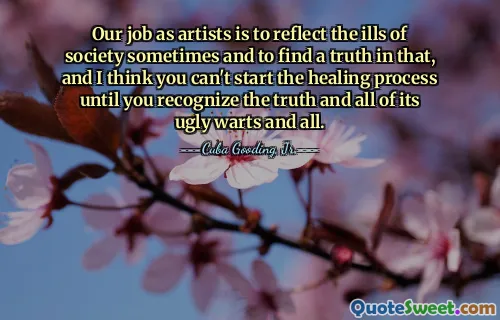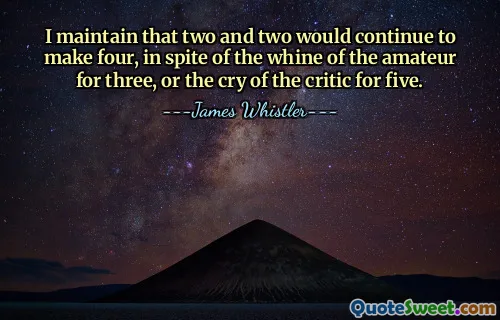
To know when to use the truth is the essence of successful deception
This quote by Agatha Christie explores the complex relationship between truth and deception, highlighting a paradox that lies at the heart of effective manipulation. It suggests that successful deception does not rely solely on falsehoods but on the strategic use of truth. In other words, it is not just the fabrication of lies that deceives others but the skillful interweaving of truth within those falsehoods that makes deception believable and convincing.
In the realm of human interactions, this observation is particularly poignant. Truth carries an inherent weight and credibility that outright lies lack. When truth is used wisely, it forms a sturdy foundation on which deception can stand firm. Without anchoring a deceptive narrative in some element of truth, the deception risks exposure and collapse.
Moreover, the quote indirectly speaks to the ethical complexities surrounding truth-telling and deception. It invites reflection on the fine line between honesty and manipulation, underscoring the responsibility that comes with the power of knowledge. The idea that behind every successful deception lies the understanding of when—and how much—truth to disclose reveals an element of craftsmanship akin to storytelling or art.
In daily life, this could manifest in various ways, from diplomacy and negotiation to storytelling, and even self-presentation. It challenges us to consider the role truth plays in communication and trust. The quote dismisses the simplistic binary of truth versus lies and introduces a sophisticated dynamic where both are tools wielded depending on context and intention.
Ultimately, Christie's insight pushes us to contemplate not only the means of deception but its psychology—a dance between honesty and deceit that, when mastered, can shape realities and influence perception profoundly.










